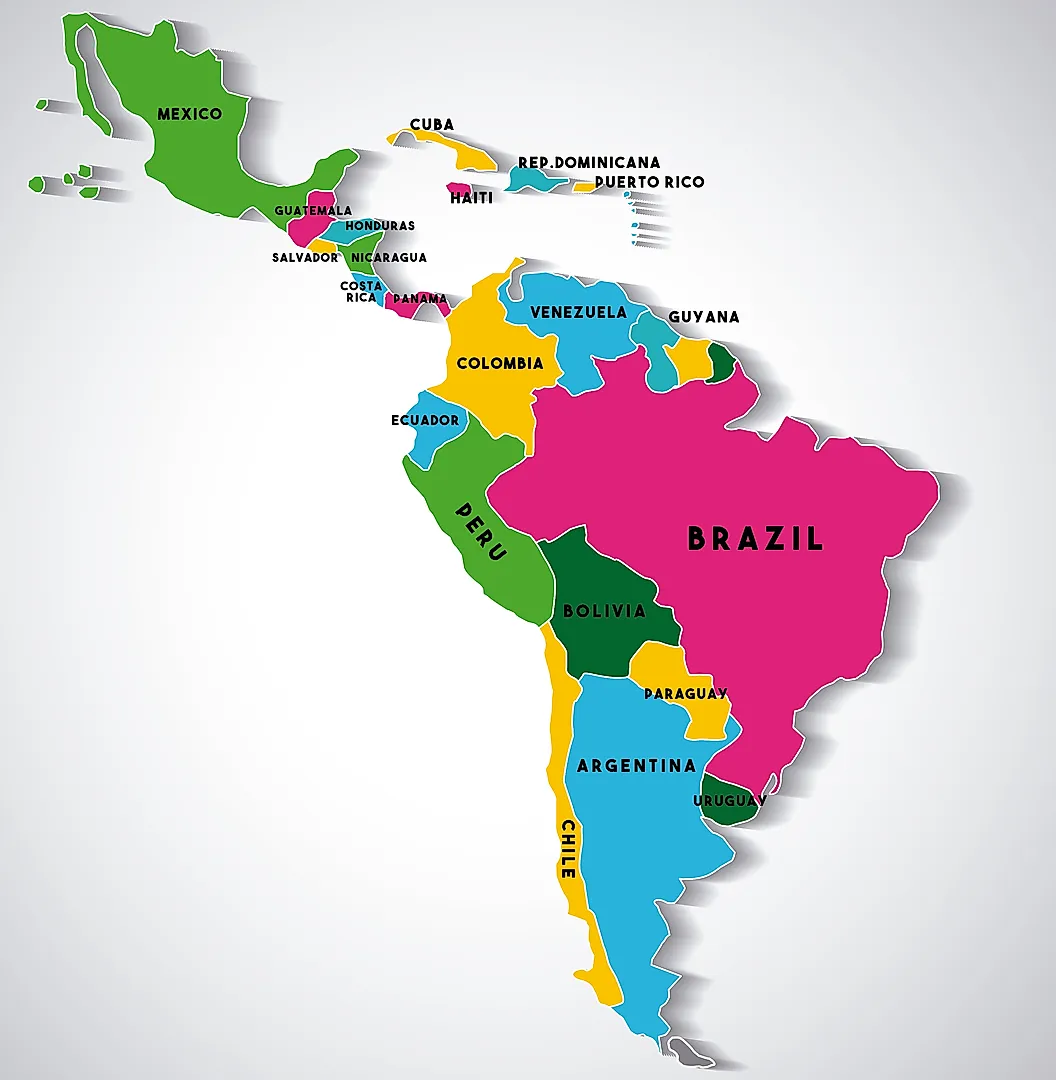The Argentine villages of Maimará and Carlos Pellegrini have been added to the United Nations’ 2025 Best Tourism Villages ranking.
The list of new villages recognized by UN Tourism was announced during a ceremony in Huzhou City, China. Fifty-two villages from 29 countries made the cut, selected from over 270 applications from 65 UN Tourism Member States.
This year, Argentina proposed eight destinations. The others were Famatina (La Rioja), Saldungaray (Buenos Aires), Uspallata (Mendoza), Villa Elisa (Entre Ríos), Seclantás (Salta), and the twin villages of San Javier and Yacanto (Córdoba).
Capybara sleeping in the sun in Argentina’s Ibera wetlands. Photo Judith Morales del Barco Carlos Pellegrini is the main landing spot for visitors to the Iberá Wetlands, one of the most important such environments in South America and a hotspot for bird and wildlife watching. Maimará, in the Quebrada (Gorge) de Humahuaca, Jujuy, features majestic landscapes and is known for its phantasmagoric traditional Carnaval celebrations.
“This means the recognition of more than 20 years of work caring for this village,” said Estrella de Losada, who runs Ecoposada del Estero in Carlos Pellegrini. “Getting recognition at global level means that more people will come to visit, and that this town, where 90% of people earn a living from tourism, will have more work.”
You may also be interested in: A stork standing on a capybara watching a deer: wildlife-watching in Argentina’s wetlands
San Javier and Yacanto (Córdoba) didn’t make the cut this year — but they were included in a special initiative for villages that show great potential to join the main list in future. That means they will receive help to strengthen their tourism offering.
The Best Tourism Villages program seeks to develop rural tourism by recognizing places with outstanding natural beauty, biological diversity, and cultural heritage. Candidates are assessed by an independent board that examines criteria including cultural and natural resources, economic sustainability, and infrastructure and connectivity.
“These villages show that by embracing tourism, they can promote social inclusion and build a future where no one is left behind,” said UN Tourism Secretary-General Zurab Pololikashvili.
Maimara Cemetery in Jujuy Argentina. Photo: Amy Booth Here’s what you can do in Maimará and Carlos Pellegrini.
Maimará How to get there
It is located 77 km from San Salvador de Jujuy.
Where to stay
There are inns, hostels, and cabins, all run by their owners.
What to do
Bike rides, tours of otherworldly geological formations led by local guides, and craft and cooking workshops. Local farmers open their farms to visitors.
But the real star of the show is carnival season, when Maimará transforms into a parade of dancing devils — most of whom want to party.
What to visit
The Hornillos Post Museum, a historic site that served as the Camino Real Post Office, offers a journey into the colonial past and the wars of independence. Additionally, you can visit local wineries and vineyards with tastings.
What to eat
Tamales, empanadas, and humitas are some of the typical dishes, whose ingredients, such as corn, are celebrated at various festivals.
Sunset Kayaking in Argentina’s Iberá Wetlands. Photo: Amy Booth Carlos Pellegrini How to get there
Located 360 kilometers from the capital city of Corrientes province and 120 kilometers from the city of Mercedes, Corrientes. Get a bus to Mercedes, then book transport through your accommodation.
Where to stay
Accommodation options include inns, rural hotels and hostels.
What to do
Boat trips, kayaking, night safaris, horseback riding, and bird watching. You’ll see caymans, capybaras, deer, water birds, and with a little luck you might also spot armadillos, howler monkeys, and even jaguars and maned wolves.
What to visit
The restaurants offer nightly musical performances where you can enjoy chamamé, declared Intangible Cultural Heritage of Humanity by UNESCO, along with traditional dances and music from the region.
What to eat
Its Guaraní cuisine stands out, with dishes like mbaipy, chipa so’o chipa mboka, and mbejú.
You may also be interested in: Birding in Argentina: Iberá, one of the world’s most intact wetland systems




